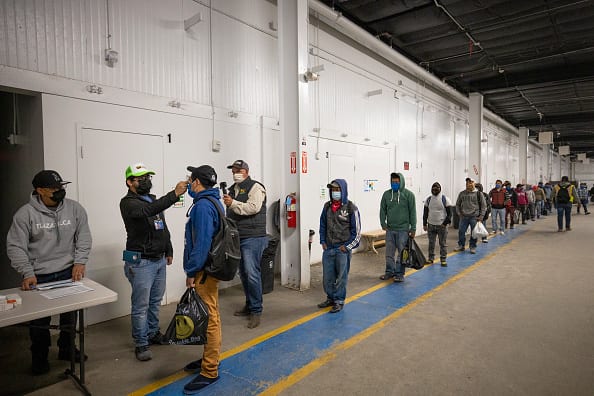
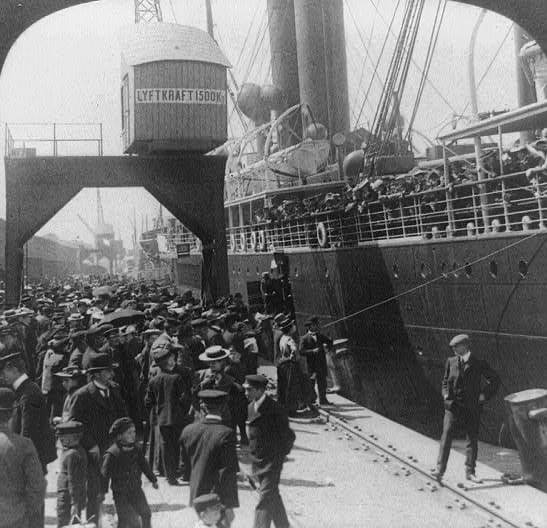
1920s: Immigration
1920s: Immigration
In 1921 and 1924, the United States enacted restrictive immigration laws establishing, for the first time in the country’s history, national origin quotas for emigration to the US.
Alarmed by the potentially damaging economic and societal effects of the Quota Acts, in May 1924 the Social Science Research Council appointed its first research committee, the Committee on Human Migration, chaired by Edith Abbott of the University of Chicago. The Committee commissioned two studies drawing on international migration data: International Migrations, Volume 1: Statistics (NBER 1929) and International Migrations, Volume II: Interpretations (NBER 1931).
Edith Abbott
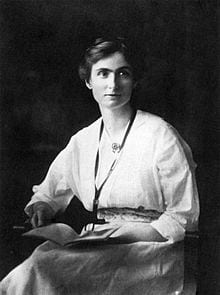
“...in cooperation with the Social Science Research Council, the National Bureau [of Economic Research] continued, under the former's auspices, the study of the relation between immigration and labor supply. Fears were expressed by some that restriction might be disadvantageous to the interests of American industry.”
A central question of the Council’s Committee on Human Migration involved the potential economic effects of immigration. A widespread concern was that immigration reduced literacy levels, which might act as a drag on economic growth. The Council-sponsored volume International Migrations, Volume II: Interpretations reported that, in fact, the reverse was true:

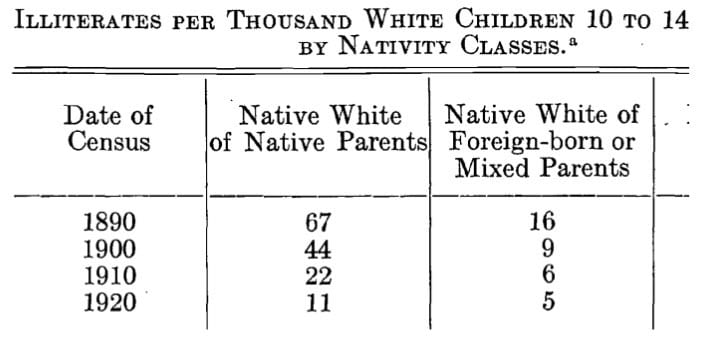

In the last 100 years social and behavioral scientists have made substantial progress in understanding the many beneficial economic and societal effects of immigration.

Researchers have found that US immigration restrictions in the 1920s reduced growth and increased reliance on mechanization in immigrant-intensive industries.
Researchers have also found that the children of immigrants who arrived in the US between the 1880s and the 2010s have consistently had higher rates of economic mobility than the children of the US-born.
Ellis Island
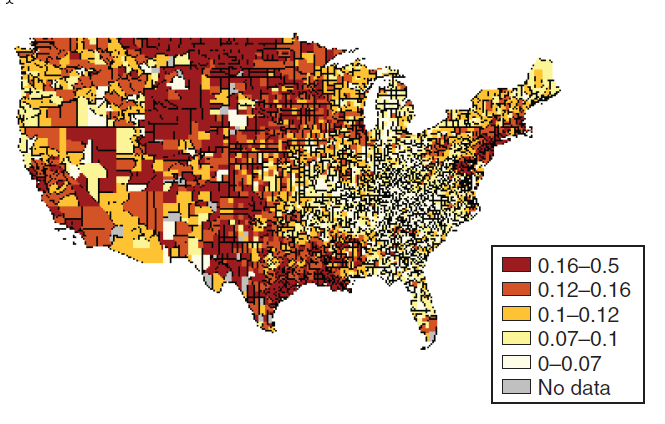


But despite evidence of benefits from immigration, and despite an overall increase in positive references to immigration in political speeches, political parties have become more polarized on the issue of immigration policy.
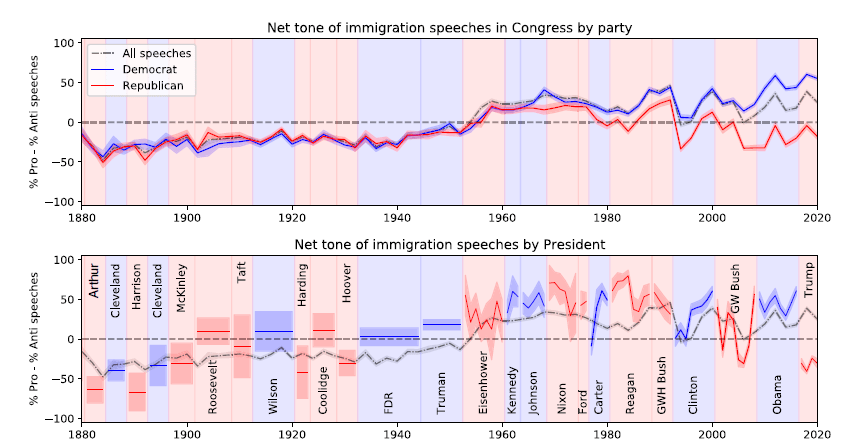
Despite evidence of benefits from immigration, political parties have become more polarized on the issue of immigration policy.

In the last 100 years social and behavioral scientists have made substantial progress in understanding the many beneficial economic and societal effects of immigration.
Despite evidence of benefits from immigration, political parties have become more polarized on the issue of immigration policy.

Researchers have also found that the children of immigrants who arrived in the US between the 1880s and the 2010s have consistently had higher rates of economic mobility than the children of the US-born.

Researchers have found that US immigration restrictions in the 1920s reduced growth and increased reliance on mechanization in immigrant-intensive industries.

Statue of Liberty, New York City

Suggestion Form
What other notable contributions have been made by social and behavioral science to identifying solutions to pressing societal challenges?
Suggestion Form
What other notable contributions have been made by social and behavioral science to identifying solutions to pressing societal challenges?
Explore More History of Social and Behavioral Science
Explore more of the History of Social and Behaivorial Science
Social Science Research Council
300 Cadman Plaza West, 15th Floor
Brooklyn, NY 11201, USA
212-377-2700
Social and behavioral science
for the public good.
The Social Science Research Council, a nonpartisan nonprofit founded in 1923 by seven professional associations in the social and behavioral sciences, mobilizes policy-relevant social and behavioral science for the public good.

